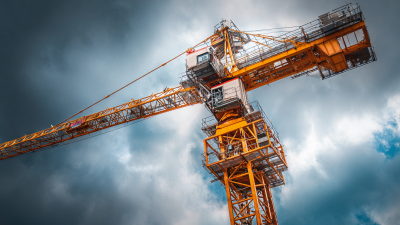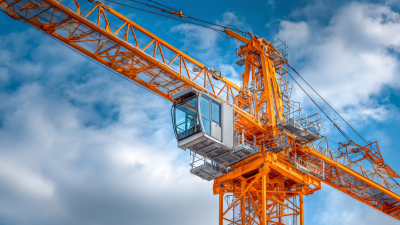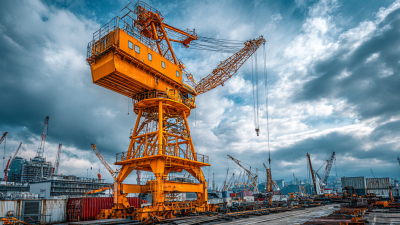Tower cranes are indispensable assets in large-scale construction projects, enabling the efficient lifting of heavy materials to significant heights. According to the "World Crane Market Outlook" report, the demand for tower cranes is expected to grow by approximately 6% annually, driven by the surge in urbanization and infrastructure development across the globe. Their performance, characterized by load capacity, height, and reach, plays a critical role in determining the success of complex construction tasks. As such, selecting the right tower crane can drastically affect project efficiency and overall productivity. In this blog, we will explore the seven best tower cranes based on their performance data, offering insights into their capabilities and suitability for substantial construction endeavors. By understanding these key attributes, construction firms can make informed decisions that optimize operational efficiency and project timelines.
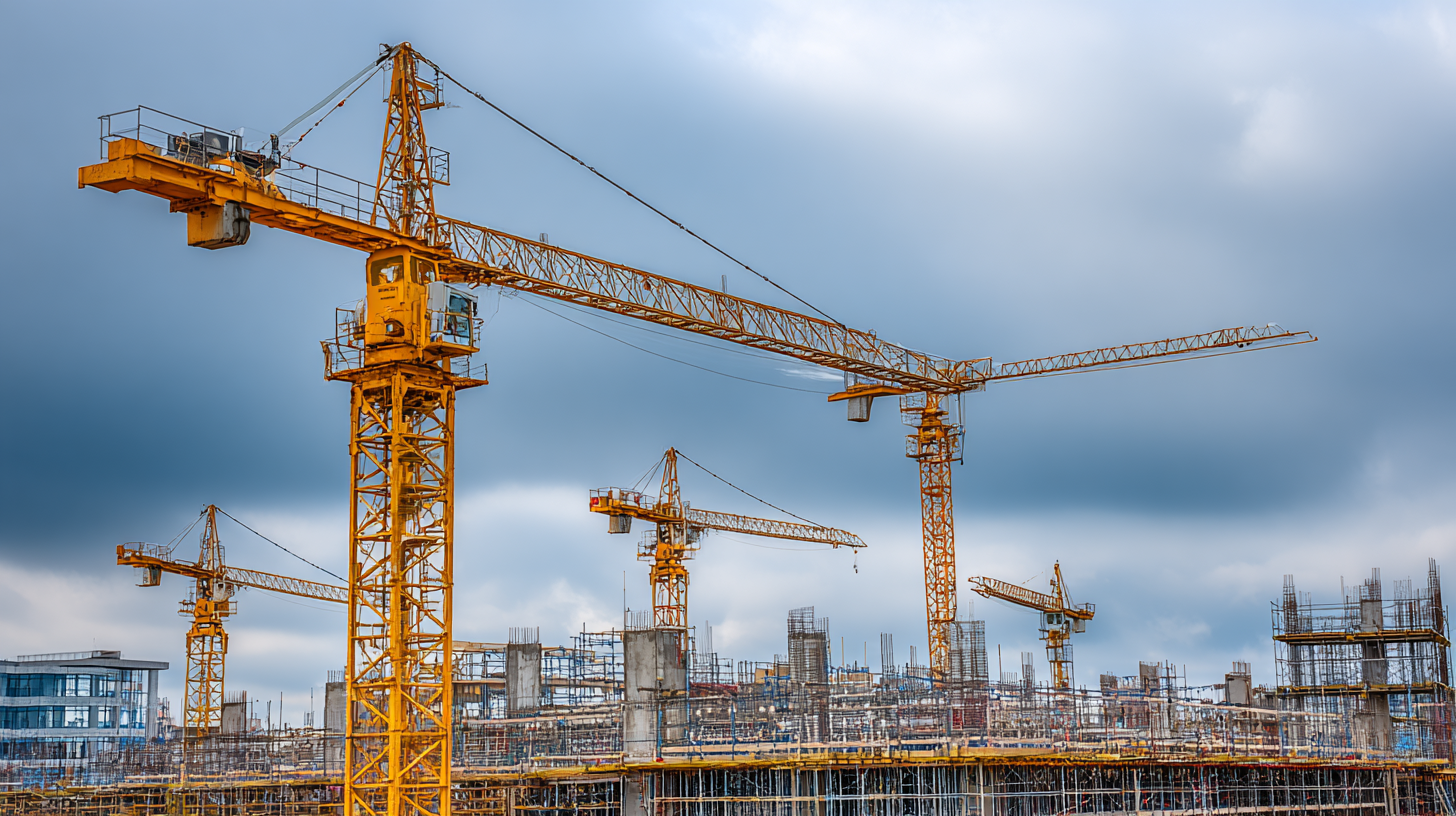
When selecting a tower crane for large construction projects, it’s essential to focus on specific performance metrics that can significantly impact productivity and efficiency. Key metrics to consider include load capacity, lifting height, and working radius. According to a report by the International Cranes and Specialized Transport organization, cranes with a load capacity of 10 tons or more are ideal for substantial construction tasks, ensuring they can handle various material weights without compromising safety.
Another crucial metric is the lifting speed, which directly affects project timelines. Research from the Global Construction Review suggests that increasing the lifting speed by just 20% can reduce overall project duration by nearly 15%. Additionally, operators should assess the crane's stability and its ability to operate in different weather conditions, as these factors can influence both performance and safety on-site.
Tips: Always consult performance data provided by manufacturers and consider getting feedback from operators who have worked with particular models. Moreover, analyzing the cost-to-performance ratio can help you make informed decisions that align with your project’s budget and requirements. Prioritizing these metrics will ensure that you choose a tower crane that maximizes efficiency and meets the demanding needs of large-scale construction projects.
| Model | Max Load Capacity (ton) | Max Height (m) | Jib Length (m) | Maximum Working Radius (m) | Max Hook Speed (m/min) |
|---|---|---|---|---|---|
| Model A | 10 | 60 | 45 | 50 | 80 |
| Model B | 12 | 70 | 50 | 55 | 60 |
| Model C | 8 | 65 | 40 | 48 | 70 |
| Model D | 15 | 80 | 60 | 70 | 90 |
| Model E | 11 | 75 | 55 | 65 | 75 |
| Model F | 9 | 56 | 42 | 52 | 68 |
| Model G | 14 | 85 | 65 | 75 | 82 |
When it comes to large construction projects, efficiency is paramount, and the right tower crane can significantly enhance operational performance. Recent industry data from the Construction Industry Institute indicates that project delays can often be traced back to ineffective material handling and equipment choice. A well-chosen tower crane, tailored for specific project needs, can mitigate these challenges. For instance, cranes equipped with advanced load-moment indicators and anti-collision systems provide real-time performance data, ensuring safety while optimizing lifting capabilities.
Moreover, the integration of telematics in modern tower cranes represents a significant leap in enhancing project efficiency. Reports from the American Society of Civil Engineers reveal that cranes utilizing telematics can reduce fuel consumption by up to 15% by allowing operators to monitor and adjust performance metrics in real-time. This data-driven approach not only minimizes operational costs but also promotes sustainable practices in large-scale construction. Selecting a tower crane with such features not only streamlines operations but also positions projects for timely completion within budget constraints.
When selecting a tower crane for large construction projects, performance data plays a pivotal role in making informed decisions. Our analysis highlights various leading tower crane models that stand out in terms of lifting capacity, operational speed, and stability. Each model has been rigorously evaluated against key performance metrics to ascertain its suitability for heavy-duty operations, ensuring that contractors can trust their choice on the job site.
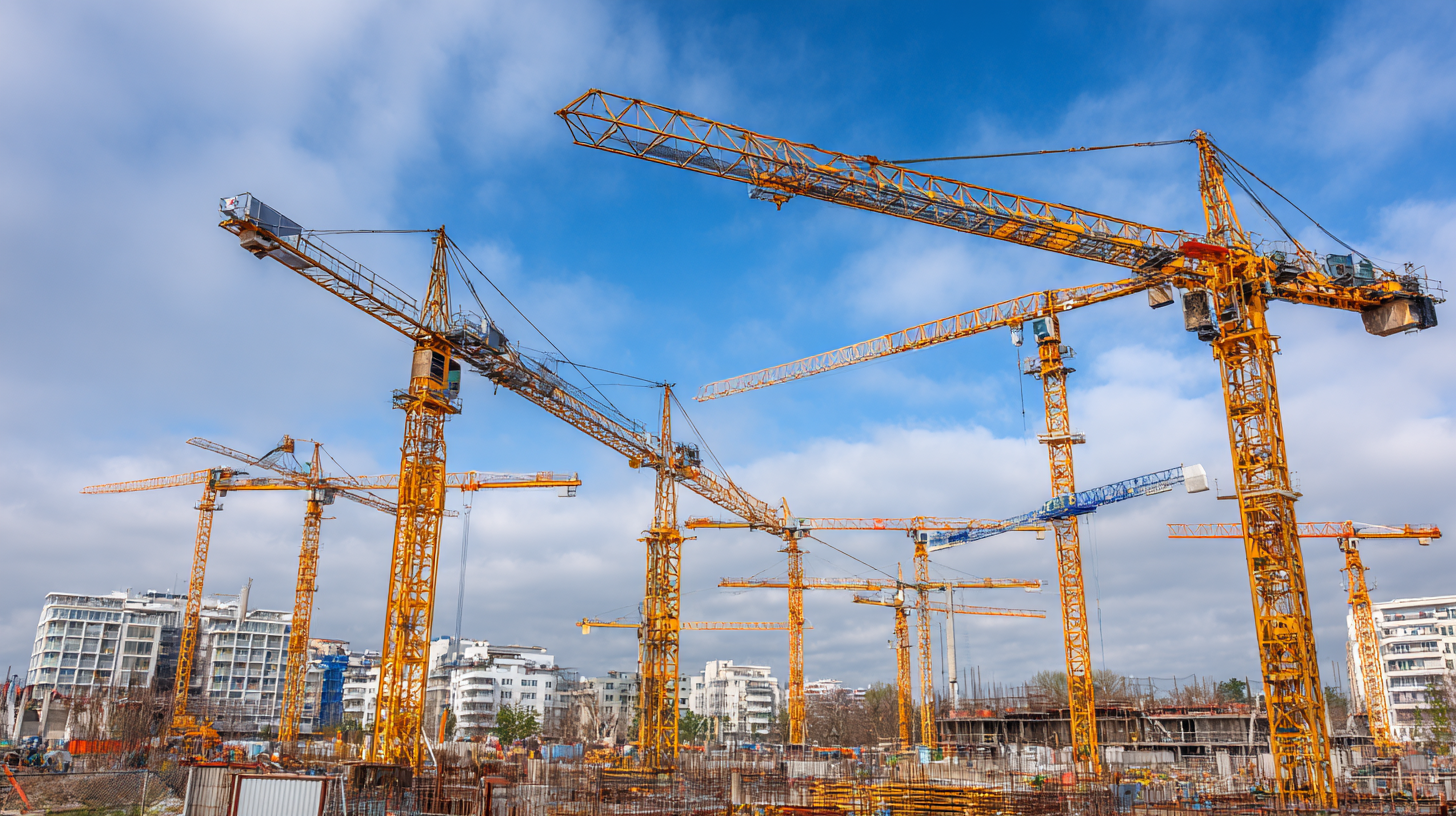
One of the standout models is the Luffing Jib Tower Crane, known for its exceptional ability to operate in confined spaces while delivering impressive lifting capabilities. In contrast, the Flat Top Tower Crane excels in maximum height reach and load-sharing efficiency during multi-crane operations. By comparing these leading models, we gain insights into how their unique features can enhance productivity and safety on large-scale construction sites, ultimately leading to more efficient project timelines and budget management.
When selecting a tower crane for large construction projects, it's essential to focus on maximizing its utility to enhance productivity and efficiency. According to the 2023 Global Tower Crane Market Report, cranes equipped with advanced load management systems can increase operational efficiency by up to 20%. Implementing these modern technologies allows for better control of heavy loads, reducing the risk of accidents and ensuring smoother workflows.
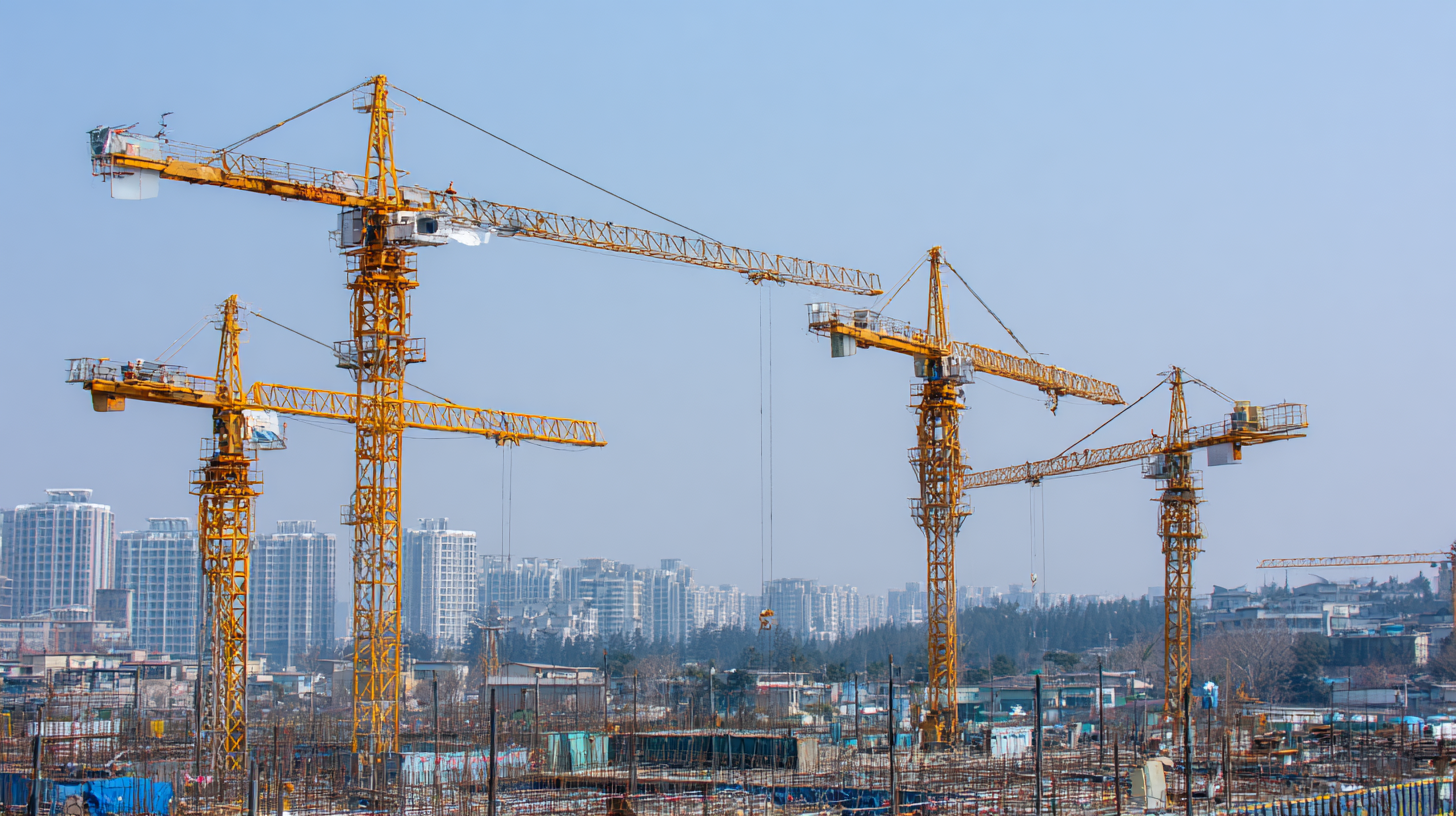
Additionally, regular maintenance and operator training are critical components in optimizing crane performance. Data from the Construction Industry Institute indicates that projects employing highly trained operators see a 15% improvement in safety and productivity metrics. By prioritizing these aspects, construction managers can significantly extend the operational lifespan of their cranes and improve overall project timelines.
Lastly, strategic placement of the tower crane on-site can enhance its functionality. Research from the International Journal of Construction Management shows that proper site logistics can lead to a 30-40% reduction in crane downtime. By analyzing site layouts and traffic patterns, construction teams can effectively position their cranes to minimize interference with other construction activities, guaranteeing a steady flow of operations.
When it comes to large construction projects, the safety features of tower cranes play a critical role in ensuring optimal performance on site. According to a report by the Occupational Safety and Health Administration (OSHA), approximately 20% of construction worker fatalities are caused by falls, being struck by objects, or electrocutions. Advanced safety systems in tower cranes such as anti-collision technologies and load moment indicators significantly mitigate these risks. For instance, cranes equipped with real-time monitoring systems can detect overloads and prevent accidents before they occur, thereby enhancing the overall safety of the operation.
Moreover, safety innovations in tower cranes have been shown to reduce downtime and enhance efficiency. A study by the National Institute for Occupational Safety and Health (NIOSH) revealed that cranes with integrated safety features could lower incident rates by up to 30%. Features like emergency stop buttons and fail-safe braking systems ensure that cranes can quickly respond to unexpected situations, safeguarding both workers and equipment. As construction projects grow larger and more complex, investing in tower cranes with robust safety features is not just a regulatory requirement but a strategic move that ensures both safety and productivity.
